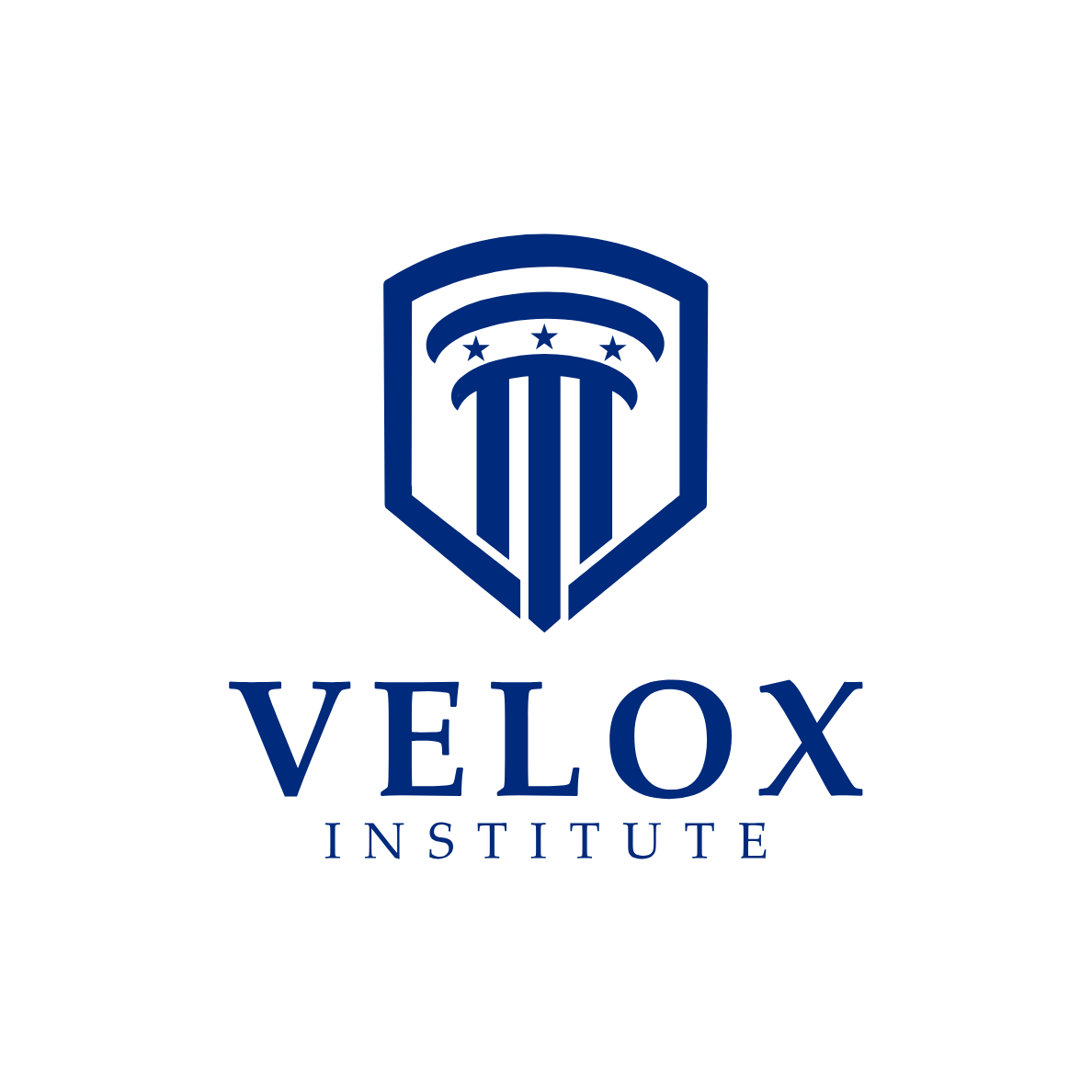Choosing the Right Path: A Detailed Comparison of Higher Education Systems in the US, UK, and Australia
- Velox Institute

- May 9
- 4 min read
Choosing where to pursue higher education is one of the most impactful decisions a student and their family will make. With diverse options across the globe, each higher education system presents unique opportunities, philosophies, and challenges. In this guide, we dive into a comparison of the higher education systems in the United States (US), United Kingdom (UK), and Australia, examining their structure, curricula, and overall student experiences to help you make an informed decision.
Structure of Higher Education: Key Differences
Each country’s educational system differs in how it organizes degrees, offers flexibility, and encourages specialization.
United States: Universities in the US typically offer a broad range of undergraduate majors. Students are required to complete general education courses in subjects such as mathematics, humanities, and natural sciences during the first two years of their four-year degree program. This approach provides ample flexibility, allowing around 80% of students to change their major at least once. This structure fosters exploration and helps students discover their passions before committing to a specific field of study.
United Kingdom: The UK system is more specialized from the outset. Students usually apply directly into a specific degree program, which lasts three years. This system encourages early specialization, meaning students begin focusing on their chosen field immediately. For example, a student pursuing a History degree will study History-related subjects throughout the program with little opportunity to explore other areas outside of their major.
Australia: Australia offers a hybrid model, with degrees typically lasting between three to four years. Students often declare their major early, but they still have opportunities to take elective courses, especially in the first year. In fact, 60% of Australian universities allow students to switch their major later in their studies if their academic interests evolve.

Curriculum and Assessment: How Students are Evaluated
Each country has a distinct approach to evaluating student progress, influencing how students experience their academic journey.
United States: A hallmark of the US system is its continuous assessment model. Grades are derived from a combination of quizzes, projects, assignments, and class participation. This model encourages regular engagement and gives students multiple opportunities to improve their grades over the course of the semester. For example, quizzes may account for 22% of a grade, with projects making up 30% and class participation contributing another 15%.
United Kingdom: In contrast, the UK system heavily emphasizes final exams. In many universities, exams can account for up to 100% of a student’s grade. While some courses offer occasional assignments, final exams are typically the most significant component of the assessment. Approximately 75% of UK universities rely on these end-of-year assessments, placing considerable pressure on students to perform well in a single exam.
Australia: Australia blends both continuous assessment and final exams. While final exams remain common, many universities have adopted continuous assessment methods. Around 40% of Australian courses incorporate assignments, projects, and midterm exams throughout the term, allowing students to gradually build their grades.

Student Life and Support: Campus Culture and Resources
The student experience extends far beyond academics, with universities in each country offering unique opportunities for social engagement and student support.
United States: Student life in the US is often vibrant and dynamic, with universities offering a wealth of extracurricular activities. Students can participate in clubs, student organizations, athletics, and social events. Additionally, US universities tend to provide robust student support services, including academic advising, career counseling, and mental health resources. Notably, 87% of US universities offer mental health support, recognizing the importance of mental well-being in a student's success.
United Kingdom: UK universities typically promote a more independent lifestyle. While there are student unions and societies, students must take initiative to engage with them. Support services may not be as centralized as in the US, but there is a growing recognition of the importance of student well-being. Around 30% of UK students report feeling overwhelmed, and many universities are increasing their mental health and academic support services to address this.
Australia: Australian universities aim to offer a balanced approach, with a focus on both academic excellence and student well-being. In addition to orientation programs and academic support, universities provide significant assistance for international students. About 70% of Australian universities offer tailored mental health services, which cater to a diverse student body with varied needs.

Making the Right Choice for Your Higher Education Journey
Choosing the right higher education system is a personal decision that depends on your academic goals, preferred learning style, and career aspirations.
The US system is ideal for students seeking a broad, flexible education with opportunities for exploration and growth.
The UK system suits students who are ready to specialize and delve deeply into a single subject from the beginning of their studies.
Australia’s hybrid approach offers a middle ground, providing opportunities for specialization while allowing room for exploration during the early years of study.
Final Thoughts
Understanding the structural, curricular, and support differences in higher education systems is critical when making this life-changing decision. Students should visit potential universities, interact with current students, and involve parents in the decision-making process to ensure the best possible fit.
At Velox Institute, we empower you to make this decision with clarity and confidence. Our expert guidance and comprehensive services are designed to help you navigate this crucial choice, ensuring that you select an educational path that aligns with your aspirations and sets you up for success.
With our support, you can aim for admission to a top 1% university and potentially graduate earlier, between the ages of 18 to 20. If you're already past that age, don't worry – we're here to help you accelerate your academic journey, no matter your starting point.
Velox Institute is committed to accelerating your future. Let’s work together to make your educational goals a reality, faster than you ever imagined.



